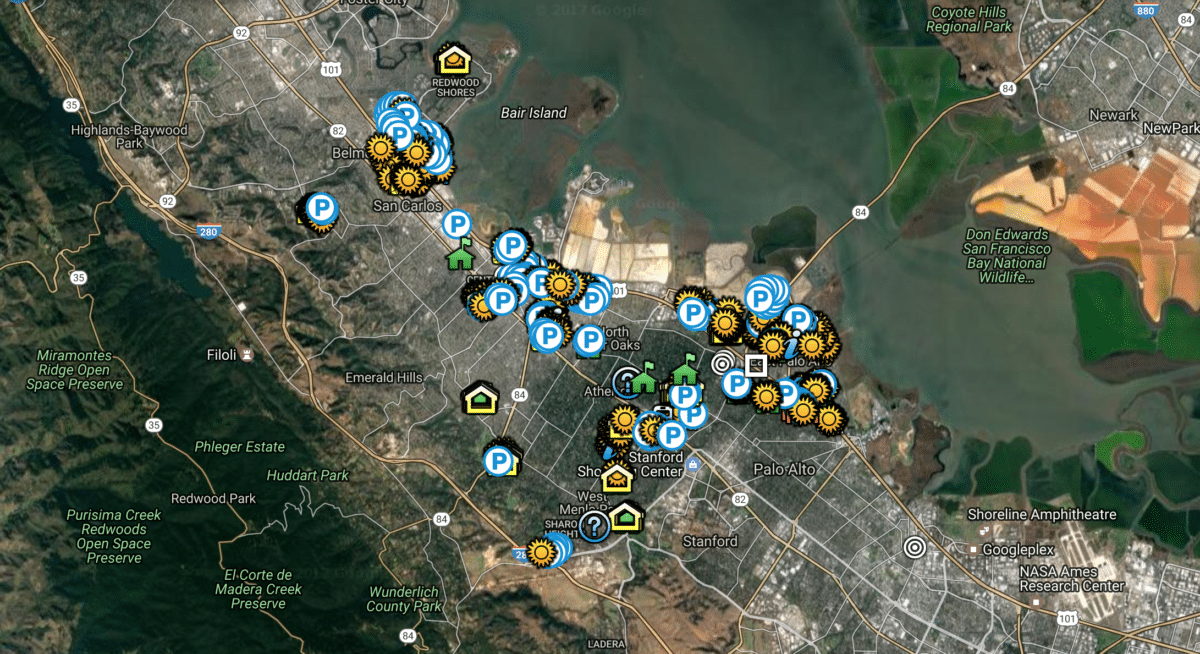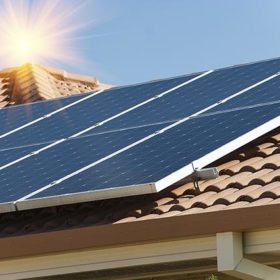More and more, solar power and solar power plus storage is being seen and deployed as a way to assist in the reliable operation of the electric grid. As the large majority of power outages are a result of power lines being damaged, and the technology and predictability of solar+storage keeps increasing – we’re finding that strategically distributing distributed generation resources (DER) has unique advantages.
The National Renewable Energy Laboratory (NREL) is coming together with the City of San Diego, non-profit Clean Coalition, and San Diego Gas & Electric (SD&E) to determine a city-wide plan for distributed solar plus energy storage with a purpose of increasing the city’s electricity grid affordability, reliability and resilience. The San Diego program is part of a broader set of NREL projects known as the Solar Energy Innovation Network.
The first part of the program is to a Solar Siting Survey. Clean Coalition has done these before in California – East Bay, Peninsula Advanced, and a Southern Cal Edison Preferred Pilot. These analyses have suggested strategic locations to site 650 MW, 65 MW and 160 MW of solar power.
Clean Coalition aims to identify ‘viable solar siting opportunities across the urban and suburban environments, but also evaluates those opportunities based on the interconnection potential of the local grid for each identified site.’ After determining the individual locations, Clean Coalition will also design a feed-in-tariff program to drive development of solar power in those locations.
The broader goal is to build a smarter power grid, and planning in advance to use solar+storage seems to make a lot of sense. We have recently seen significant broad savings – $2.6 billion in the transmission and distribution networks of California alone – in using distributed energy. New York City is now paying extra for solar power and energy storage located in high density downtown areas, and Massachusetts determined that a structure similar to a feed-in tariff has great potential to drive the next 1.6 GW of solar power across the state in their SMART program.
And now, we’re seeing San Diego smartly looking to connect with local business to get private money – combined with strategic research and funding – to support broader societal needs of safety and savings.
These projects demonstrate that distributed generation from solar power has more to offer the population than just a cheap, clean, renewable power grid – the source also offers safety and consistency.
This content is protected by copyright and may not be reused. If you want to cooperate with us and would like to reuse some of our content, please contact: editors@pv-magazine.com.











So I live near Tucson, and I am a customer of Trico electric, a touchstone cooperative. It appears to me that the utilities in Arizona would prefer non-distributed Solar because for them if they have their own solar farms then they can pay off their investors and creditors at the expense of their customers.
Even though distributed energy has proven to help the grid, the cooperative is all about funding it’s continued existence. Net metering be damned. When home storage becomes affordable, and electric vehicles become more common, the economic model that the utilities depend on for survival will collapse. The expensive infrastructure required to maintain the grid will no longer be economically viable.
Of course when that happens, even though you are not connected to the existing grid, the Arizona corporate commission will charge you a fee, via property tax increase, to produce your own power. This money will be used to fund the existing unstable, antiquated grid. The one you don’t use. Which will still be vulnerable to hackers, EMP PULSES, sun spots, and brownouts.